Donal Sheehan is a full-time dairy farmer milking 72 spring-calving dairy cows in Castlelyons, Co Cork.
He is also one of the people involved in running the Biodiversity Regeneration In a Dairying Environment (BRIDE) project, a European Innovation Partnership (EIP) set up to arrest the decline in farmland biodiversity and restore the species that have been lost through modern farming practices.
The BRIDE project draws up tailored environmental plans in consultation with the farmer and encourages every farmer to retain a minimum of 10% of their farm for nature. This Biodiversity Managed Area (BMA) is made up of the natural habitats found on farmland such as hedgerows, ponds, wetland, natural grasslands, bog, field margins and buffer strips.
Key to the success of the project will be the results-based payments (RBPs) system whereby each farmer will receive an annual payment based on the quantity and quality of their BMA. This in essence will mean the project will be paying farmers to improve biodiversity and water quality and lower their carbon footprint.
Donal is also one of 12 farmer participants in a sister EIP – the Danu project. This project is based in the midlands and involves farmers, both livestock and tillage, trialling lower fertiliser and pesticide usage through targeted plant nutrient use. The concept focuses on the soil as a living organism and attempts to improve the soil and unlock and make available nutrients and trace elements to the plant.
On his own farm, Donal is transitioning away from high nitrogen use and has incorporated several changes in his farm management practices, as outlined below, to help improve nutrient use efficiency:
All of the slurry is applied with a trailing shoe, with most slurry spread in the spring and the last of the winter housing slurry applied after the second cut of silage.Slurry is applied little and often at a maximum application rate of 1,500gal/acre although this can prove an issue when ground conditions are not optimum. The slurry and dairy yard washings were tested for their N, P and K content and this has been factored into the farm software package, so that an allowance is made once the slurry application has been inputted into the computer.All slurry was treated in October with an additive. It is hoped that this will improve agitation as well as reduce odour and improve the nutrient uptake value of the slurry.Early nitrogen in January is cut out completely and instead the focus is pushing out the first application until soil temperatures (>60C) are moving upwards and suitable weather conditions are on the horizon. Heavy covers receive no application until after the first grazing and no fertiliser application is given to any paddocks that have received slurry. Stocking rate has been reduced to take into account present winter slurry storage capacity, adequate home-produced forage and a good work-life balance.Fertiliser applications are timed in as much as possible to coincide with pending rainfall. Donal feels that fertiliser granules sitting on top of the ground are prone to atmospheric losses and applying fertiliser in drought conditions is avoided. Poor grass growth is more likely to be caused by poor weather conditions rather than insufficient nitrogen supply.All fertiliser and slurry applications are inputted into the computer as Donal feels in mid-season it is impossible to keep track of fertiliser applications on different paddocks and different blocks. This ensures a better balance between fertiliser or slurry applications. It also ensures that slurry is applied to all paddocks rather than giving several applications to the dry fields or the fields around the yard. No fertiliser or slurry should escape onto field margins, riverside margins or other natural habitats. A border deflector is used on the fertiliser spreader to avoid losses in field margins and hedgerows and the trailing shoe system means there is no contamination of field margins and riverside margins.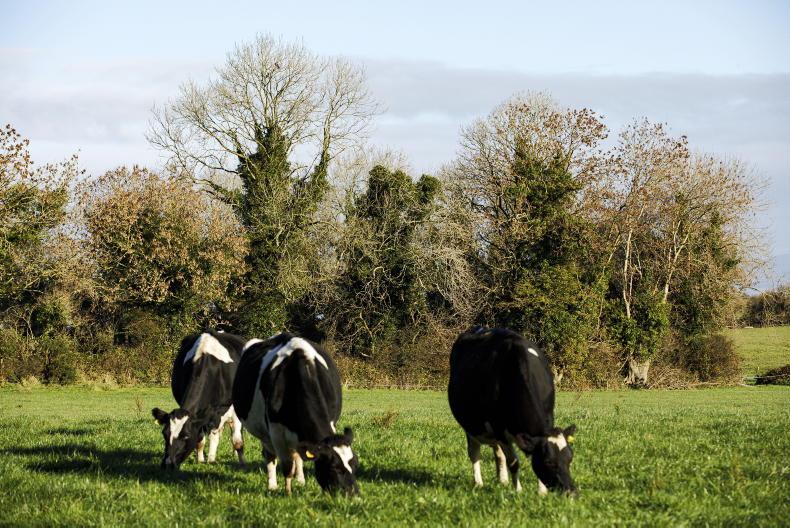
EIP projects such as BRIDE help farmers to help the environment.
Multi-species swards
Donal set his first multi-species sward in 2017 and this will mean a significant change in grassland management compared to the traditional ryegrass sward. The benefits of incorporating this type of sward are many but, equally, there are many challenges.
Pesticide use is counterproductive as it will take out many of the species that were planted so a knowledge of alternative weed control is needed. There are different species of grass, herbs and legumes and nitrogen use will need to be reduced to allow for the full value of clovers in the sward.
Grazing and cutting management is also important as both can affect some of the planted species. Rotation length will need to be changed to prolong the lifespan of the sward.
Biodiversity loss and use of nutrients
Donal explained how adding too much nitrogen over the years has not favoured many of our more ecologically important grasslands. Wildflowers that traditionally grew in Irish pastures are now rare because they cannot compete with high fertiliser inputs and the intensive regime of modern livestock farming.
Intensive farmers wanting to improve biodiversity could consider a “biodiversity paddock” where a small portion of the farm or field is kept as a natural grassland and managed with livestock.
Donal Sheehan is a full-time dairy farmer milking 72 spring-calving dairy cows in Castlelyons, Co Cork.
He is also one of the people involved in running the Biodiversity Regeneration In a Dairying Environment (BRIDE) project, a European Innovation Partnership (EIP) set up to arrest the decline in farmland biodiversity and restore the species that have been lost through modern farming practices.
The BRIDE project draws up tailored environmental plans in consultation with the farmer and encourages every farmer to retain a minimum of 10% of their farm for nature. This Biodiversity Managed Area (BMA) is made up of the natural habitats found on farmland such as hedgerows, ponds, wetland, natural grasslands, bog, field margins and buffer strips.
Key to the success of the project will be the results-based payments (RBPs) system whereby each farmer will receive an annual payment based on the quantity and quality of their BMA. This in essence will mean the project will be paying farmers to improve biodiversity and water quality and lower their carbon footprint.
Donal is also one of 12 farmer participants in a sister EIP – the Danu project. This project is based in the midlands and involves farmers, both livestock and tillage, trialling lower fertiliser and pesticide usage through targeted plant nutrient use. The concept focuses on the soil as a living organism and attempts to improve the soil and unlock and make available nutrients and trace elements to the plant.
On his own farm, Donal is transitioning away from high nitrogen use and has incorporated several changes in his farm management practices, as outlined below, to help improve nutrient use efficiency:
All of the slurry is applied with a trailing shoe, with most slurry spread in the spring and the last of the winter housing slurry applied after the second cut of silage.Slurry is applied little and often at a maximum application rate of 1,500gal/acre although this can prove an issue when ground conditions are not optimum. The slurry and dairy yard washings were tested for their N, P and K content and this has been factored into the farm software package, so that an allowance is made once the slurry application has been inputted into the computer.All slurry was treated in October with an additive. It is hoped that this will improve agitation as well as reduce odour and improve the nutrient uptake value of the slurry.Early nitrogen in January is cut out completely and instead the focus is pushing out the first application until soil temperatures (>60C) are moving upwards and suitable weather conditions are on the horizon. Heavy covers receive no application until after the first grazing and no fertiliser application is given to any paddocks that have received slurry. Stocking rate has been reduced to take into account present winter slurry storage capacity, adequate home-produced forage and a good work-life balance.Fertiliser applications are timed in as much as possible to coincide with pending rainfall. Donal feels that fertiliser granules sitting on top of the ground are prone to atmospheric losses and applying fertiliser in drought conditions is avoided. Poor grass growth is more likely to be caused by poor weather conditions rather than insufficient nitrogen supply.All fertiliser and slurry applications are inputted into the computer as Donal feels in mid-season it is impossible to keep track of fertiliser applications on different paddocks and different blocks. This ensures a better balance between fertiliser or slurry applications. It also ensures that slurry is applied to all paddocks rather than giving several applications to the dry fields or the fields around the yard. No fertiliser or slurry should escape onto field margins, riverside margins or other natural habitats. A border deflector is used on the fertiliser spreader to avoid losses in field margins and hedgerows and the trailing shoe system means there is no contamination of field margins and riverside margins.
EIP projects such as BRIDE help farmers to help the environment.
Multi-species swards
Donal set his first multi-species sward in 2017 and this will mean a significant change in grassland management compared to the traditional ryegrass sward. The benefits of incorporating this type of sward are many but, equally, there are many challenges.
Pesticide use is counterproductive as it will take out many of the species that were planted so a knowledge of alternative weed control is needed. There are different species of grass, herbs and legumes and nitrogen use will need to be reduced to allow for the full value of clovers in the sward.
Grazing and cutting management is also important as both can affect some of the planted species. Rotation length will need to be changed to prolong the lifespan of the sward.
Biodiversity loss and use of nutrients
Donal explained how adding too much nitrogen over the years has not favoured many of our more ecologically important grasslands. Wildflowers that traditionally grew in Irish pastures are now rare because they cannot compete with high fertiliser inputs and the intensive regime of modern livestock farming.
Intensive farmers wanting to improve biodiversity could consider a “biodiversity paddock” where a small portion of the farm or field is kept as a natural grassland and managed with livestock.





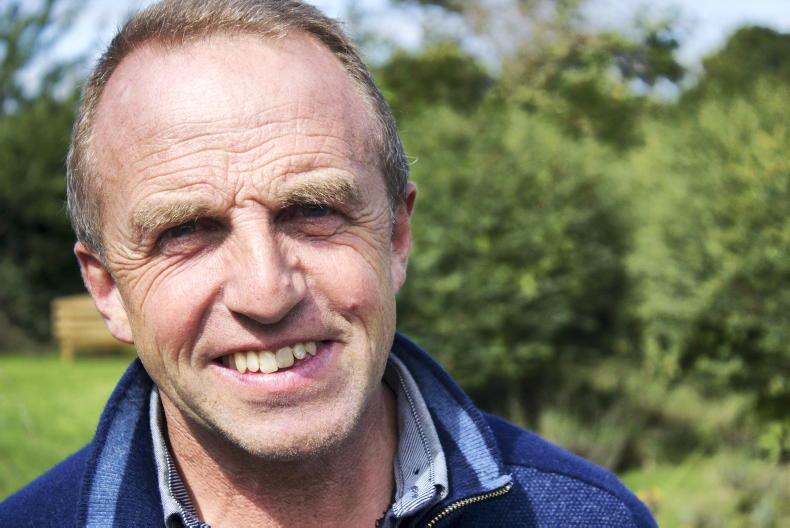
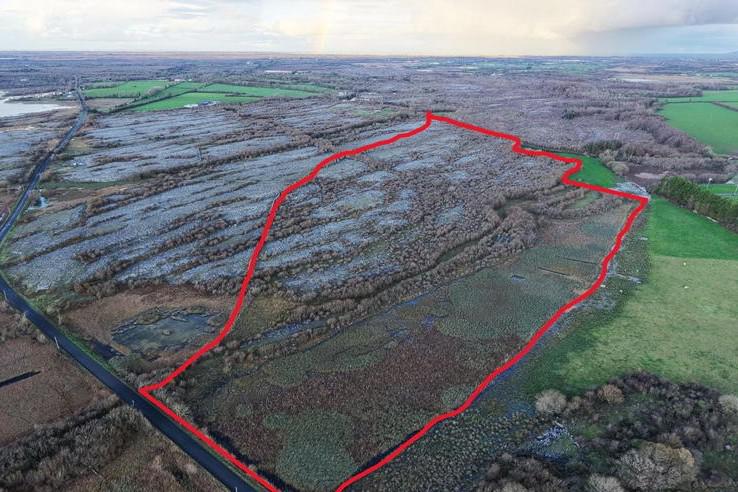

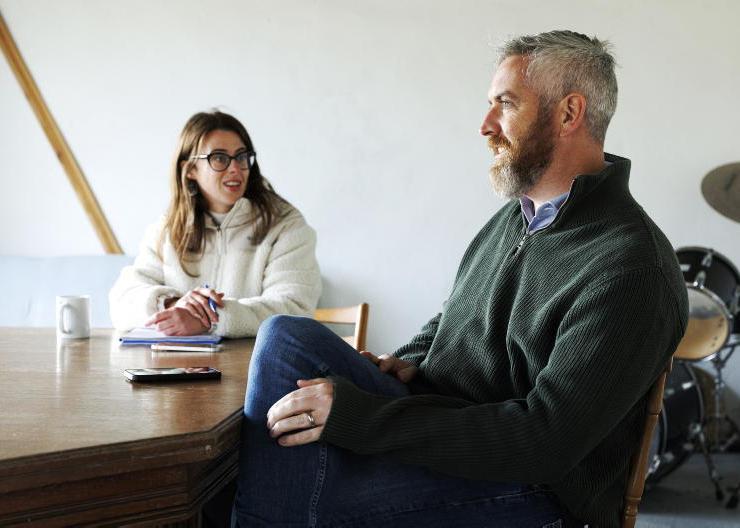
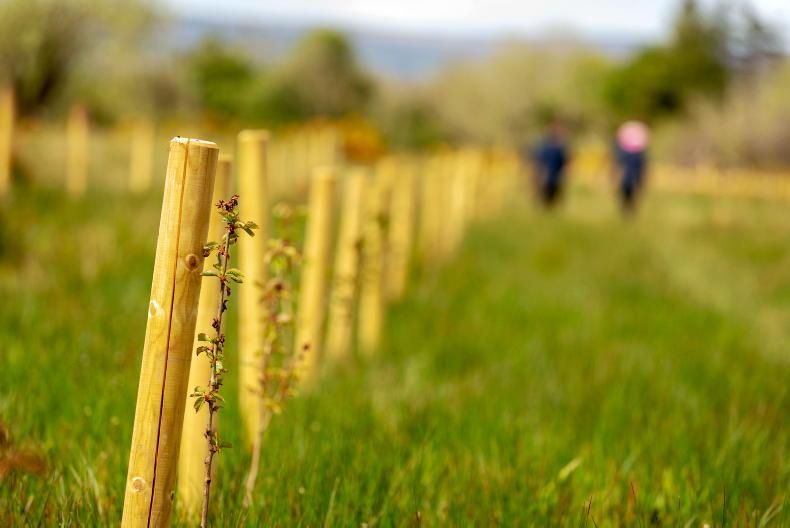
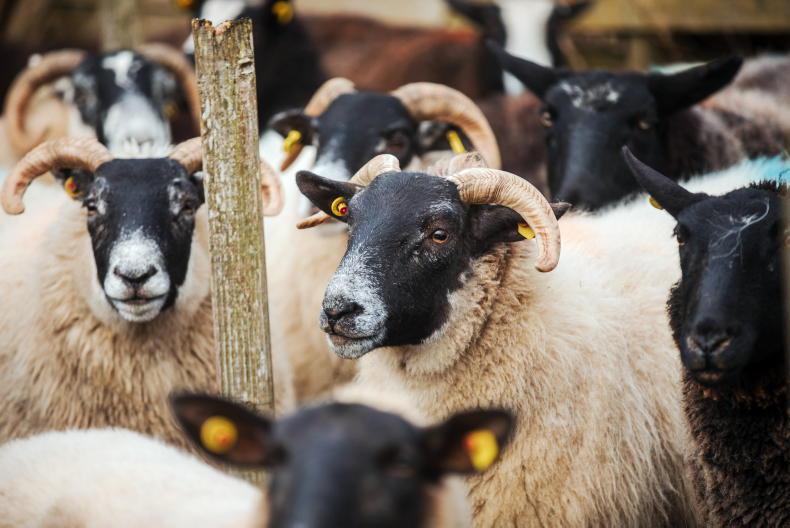
SHARING OPTIONS